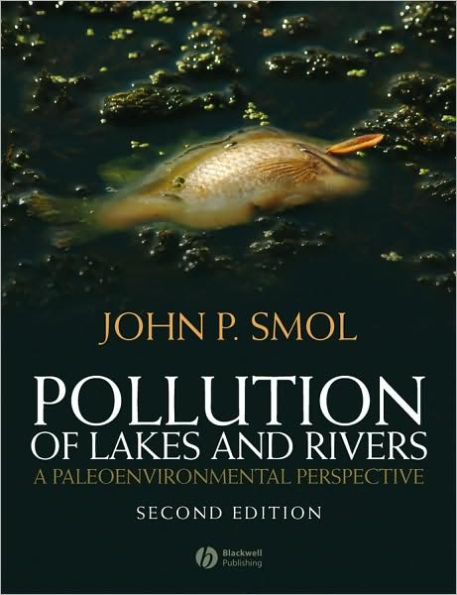5
1
9781405159135


Pollution of Lakes and Rivers: A Paleoenvironmental Perspective / Edition 2 available in Paperback

Pollution of Lakes and Rivers: A Paleoenvironmental Perspective / Edition 2
- ISBN-10:
- 1405159138
- ISBN-13:
- 9781405159135
- Pub. Date:
- 01/29/2008
- Publisher:
- Wiley

Pollution of Lakes and Rivers: A Paleoenvironmental Perspective / Edition 2
$84.95
Current price is , Original price is $84.95. You
$84.95
This item is available online through Marketplace sellers.
$32.23
This item is available online through Marketplace sellers.
84.95
Out Of Stock

From the B&N Reads Blog

